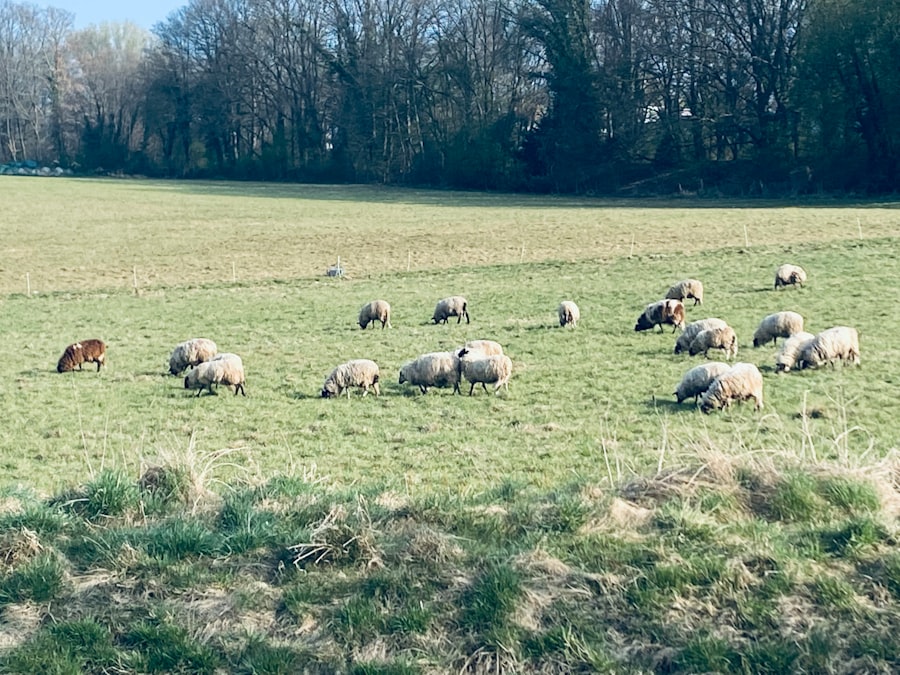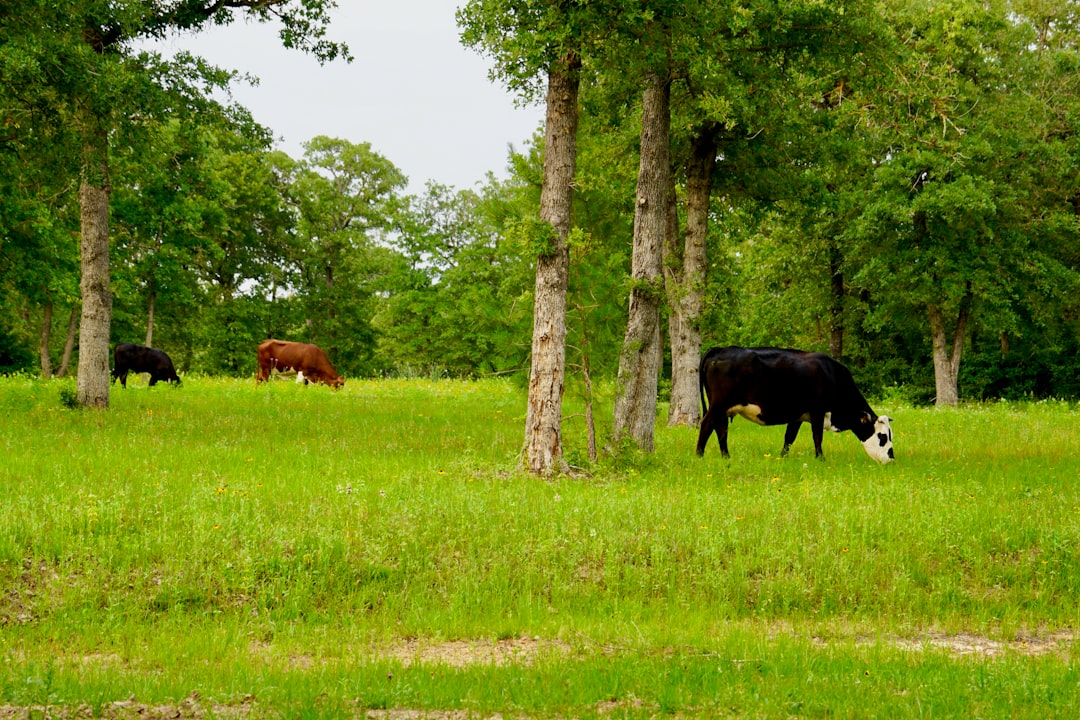Grass Ground Pokémon represent a unique and intriguing type combination within the expansive Pokémon universe. This dual typing merges the characteristics of both Grass and Ground types, creating a fascinating blend of abilities, strengths, and weaknesses. Grass-type Pokémon are often associated with nature, growth, and healing, while Ground-type Pokémon are linked to stability, earthiness, and physical prowess.
The combination of these two types results in Pokémon that can thrive in various environments, showcasing a diverse range of moves and strategies. The introduction of Grass Ground Pokémon has added depth to the competitive landscape of Pokémon battles. These creatures often exhibit a rich array of characteristics that make them versatile in both offensive and defensive roles.
For instance, they can utilize powerful Grass-type moves to exploit Water, Rock, and Ground-type opponents while simultaneously leveraging their Ground-type moves to deal significant damage to Electric, Fire, Poison, Rock, and Steel types. This duality not only enhances their effectiveness in battle but also allows trainers to explore innovative strategies that capitalize on their unique attributes.
Key Takeaways
- Grass Ground Pokemon are a unique combination of types, offering a diverse range of abilities and moves.
- Grass Ground Pokemon are strong against Electric, Rock, and Water types, but weak against Ice, Fire, and Flying types.
- Training and evolving Grass Ground Pokemon requires a focus on both physical and special attack stats, as well as defensive capabilities.
- Building a balanced team with Grass Ground Pokemon involves pairing them with Pokemon that cover their weaknesses, such as Fire or Ice types.
- Utilizing Grass Ground Pokemon in battle strategies involves using their diverse movepool to control the battlefield and counter opposing threats.
Understanding the Strengths and Weaknesses of Grass Ground Pokemon
Understanding the Strengths and Weaknesses of Grass Ground Pokémon
To fully appreciate the potential of Grass Ground Pokémon, it is essential to understand their strengths and weaknesses.
Advantages of Grass Ground Pokémon
One of the most notable advantages of this type combination is its resistance to Electric-type moves. Grass Ground Pokémon are immune to Electric attacks due to their Ground typing, making them excellent choices against Electric-type opponents.
Vulnerabilities of Grass Ground Pokémon
Additionally, they possess a resistance to Rock-type moves, which can be particularly beneficial in battles against Rock-type Pokémon that often boast high attack power. However, this combination is not without its vulnerabilities. Grass Ground Pokémon are particularly susceptible to Ice-type moves, which can deal double damage due to their dual typing.
Building a Well-Rounded Team
Furthermore, they also face weaknesses against Flying, Bug, Fire, and Fairy types. This susceptibility necessitates careful consideration when building a team or strategizing for battles. Trainers must be aware of these weaknesses and prepare accordingly by incorporating Pokémon that can cover these gaps or by employing tactics that minimize exposure to these threats.
Training and Evolving Grass Ground Pokemon

Training Grass Ground Pokémon requires a nuanced approach that takes into account their unique attributes and potential evolutions. Many Grass Ground Pokémon evolve from earlier forms that may not possess the same dual typing. For example, one might start with a pure Grass-type Pokémon and evolve it into a more powerful Grass Ground variant.
This evolution often unlocks new moves and abilities that enhance the Pokémon’s overall performance in battles. When training these Pokémon, it is crucial to focus on their stat distribution. Grass Ground Pokémon typically have balanced stats that allow them to function effectively in various roles.
Trainers should prioritize moves that capitalize on their strengths while also considering coverage moves that can address their weaknesses. For instance, teaching a Grass Ground Pokémon moves like Earthquake or Giga Drain can maximize its damage output while providing sustainability through healing. Additionally, utilizing items such as Leftovers or Assault Vest can further enhance their survivability in competitive play.
Building a Balanced Team with Grass Ground Pokemon
| Pokemon | Type | Base Stats | Abilities |
|---|---|---|---|
| Torterra | Grass/Ground | 95 HP, 109 Attack, 105 Defense, 75 Sp. Atk, 85 Sp. Def, 56 Speed | Overgrow, Shell Armor |
| Breloom | Grass/Fighting | 60 HP, 130 Attack, 80 Defense, 60 Sp. Atk, 60 Sp. Def, 70 Speed | Effect Spore, Poison Heal, Technician |
| Gastrodon | Water/Ground | 111 HP, 83 Attack, 68 Defense, 92 Sp. Atk, 82 Sp. Def, 39 Speed | Sticky Hold, Storm Drain, Sand Force |
Incorporating Grass Ground Pokémon into a balanced team requires strategic planning and an understanding of team dynamics. A well-rounded team should consist of Pokémon that complement each other’s strengths while covering for weaknesses. When selecting partners for Grass Ground Pokémon, it is essential to consider types that can mitigate their vulnerabilities.
For example, pairing them with Steel or Fairy types can help counteract their weaknesses to Ice and Bug moves. Moreover, team synergy is vital for maximizing the effectiveness of Grass Ground Pokémon in battles. Trainers should look for Pokémon that can set up entry hazards or provide support through moves like Stealth Rock or Spikes.
Additionally, including Pokémon with strong special attack capabilities can create a balanced offensive strategy that keeps opponents guessing. The combination of physical attackers and special attackers ensures that the team can adapt to various battle scenarios while maintaining pressure on the opponent.
Utilizing Grass Ground Pokemon in Battle Strategies
Grass Ground Pokémon can be pivotal in various battle strategies due to their unique typing and move sets. One effective strategy involves leveraging their ability to set up terrain effects such as Grassy Terrain, which boosts the power of Grass-type moves while providing passive healing each turn. This terrain effect not only enhances the offensive capabilities of Grass Ground Pokémon but also benefits teammates by increasing their survivability.
Another strategy involves utilizing the defensive capabilities of Grass Ground Pokémon to absorb hits from opponents while retaliating with powerful attacks. Moves like Leech Seed can be particularly effective in wearing down opponents over time while providing healing for the Grass Ground Pokémon itself. Additionally, employing status-inducing moves such as Sleep Powder or Toxic can disrupt the opponent’s strategy and create openings for powerful attacks.
By combining offensive pressure with defensive tactics, trainers can create a formidable presence on the battlefield.
Exploring the Potential of Grass Ground Pokemon in Different Environments

Here is the rewritten text with 3-4 **Adaptability in Various Environments**
Grass Ground Pokémon exhibit remarkable adaptability across various environments, making them valuable assets in diverse battle scenarios.
The presence of abundant vegetation enhances their Grass-type moves while providing opportunities for strategic maneuvers such as ambushes or surprise attacks.
**Effective Navigation in Rocky Terrains**
Conversely, in rocky or mountainous terrains, Grass Ground Pokémon can leverage their Ground typing to navigate challenging landscapes effectively. Their ability to manipulate earth-based moves allows them to create advantageous situations by altering the battlefield dynamics. For instance, using moves like Dig or Earth Power can provide tactical advantages by allowing them to evade attacks or strike from unexpected angles.
**Tactical Advantages in Battle**
Overall, the adaptability of Grass Ground Pokémon makes them valuable assets in diverse battle scenarios, allowing them to thrive in various environments and create strategic opportunities for success.
Showcasing the Top Grass Ground Pokemon in Competitive Play
Several Grass Ground Pokémon have emerged as top contenders in competitive play due to their unique abilities and move sets. One standout example is Torterra, known for its impressive bulk and access to powerful moves like Wood Hammer and Earthquake. Torterra’s ability to set up Stealth Rock makes it a valuable asset on any team, providing both offensive pressure and defensive utility.
Another notable contender is Gogoat, which boasts excellent physical attack capabilities combined with access to moves like Horn Leech and Bulk Up. Gogoat’s ability Sap Sipper grants it immunity to Grass-type moves while boosting its Attack stat when hit by one, making it a formidable opponent in battles against other Grass-types. These examples illustrate how certain Grass Ground Pokémon can dominate competitive play through strategic move choices and effective team synergy.
Embracing the Versatility of Grass Ground Pokemon
Grass Ground Pokémon embody versatility within the Pokémon ecosystem, offering trainers a wealth of options for both casual play and competitive battles. Their unique typing allows them to excel in various roles while adapting to different environments and strategies. By understanding their strengths and weaknesses, trainers can harness the full potential of these remarkable creatures.
As trainers continue to explore the depths of the Pokémon world, embracing the versatility of Grass Ground Pokémon will undoubtedly lead to exciting discoveries and innovative strategies. Whether through training, evolving, or building balanced teams, these dual-type Pokémon offer endless possibilities for creativity and success in battles. The journey with Grass Ground Pokémon is not just about winning; it’s about appreciating the intricate dynamics that make them such compelling companions in the world of Pokémon.
If you’re interested in exploring the concept of chaos and disorder in a different context, you may enjoy reading The Power of Chaos: Embracing Disorder for Growth and Innovation. This article delves into how embracing chaos can lead to new ideas and innovation. It’s a fascinating look at how disorder can actually be a catalyst for growth.
FAQs
What are grass ground Pokémon?
Grass ground Pokémon are a type of Pokémon that have both grass and ground attributes. They are typically found in grassy areas and are known for their ability to manipulate plants and earth.
What are some examples of grass ground Pokémon?
Some examples of grass ground Pokémon include Torterra, Gogoat, and Shiftry. These Pokémon are known for their unique combination of grass and ground abilities.
What are the strengths and weaknesses of grass ground Pokémon?
Grass ground Pokémon are strong against electric, rock, and ground types, but they are weak against ice, fire, and flying types. Their dual typing gives them a unique set of strengths and weaknesses in battles.
How can I obtain a grass ground Pokémon in the Pokémon games?
Grass ground Pokémon can be obtained through various methods in the Pokémon games, such as catching them in the wild, evolving them from other Pokémon, or trading with other players. Each game may have different methods for obtaining these Pokémon.
What are some common moves and abilities of grass ground Pokémon?
Common moves and abilities of grass ground Pokémon include Earthquake, Wood Hammer, Seed Bomb, and Grassy Terrain. These moves and abilities allow them to manipulate the earth and plants to their advantage in battles.
























+ There are no comments
Add yours